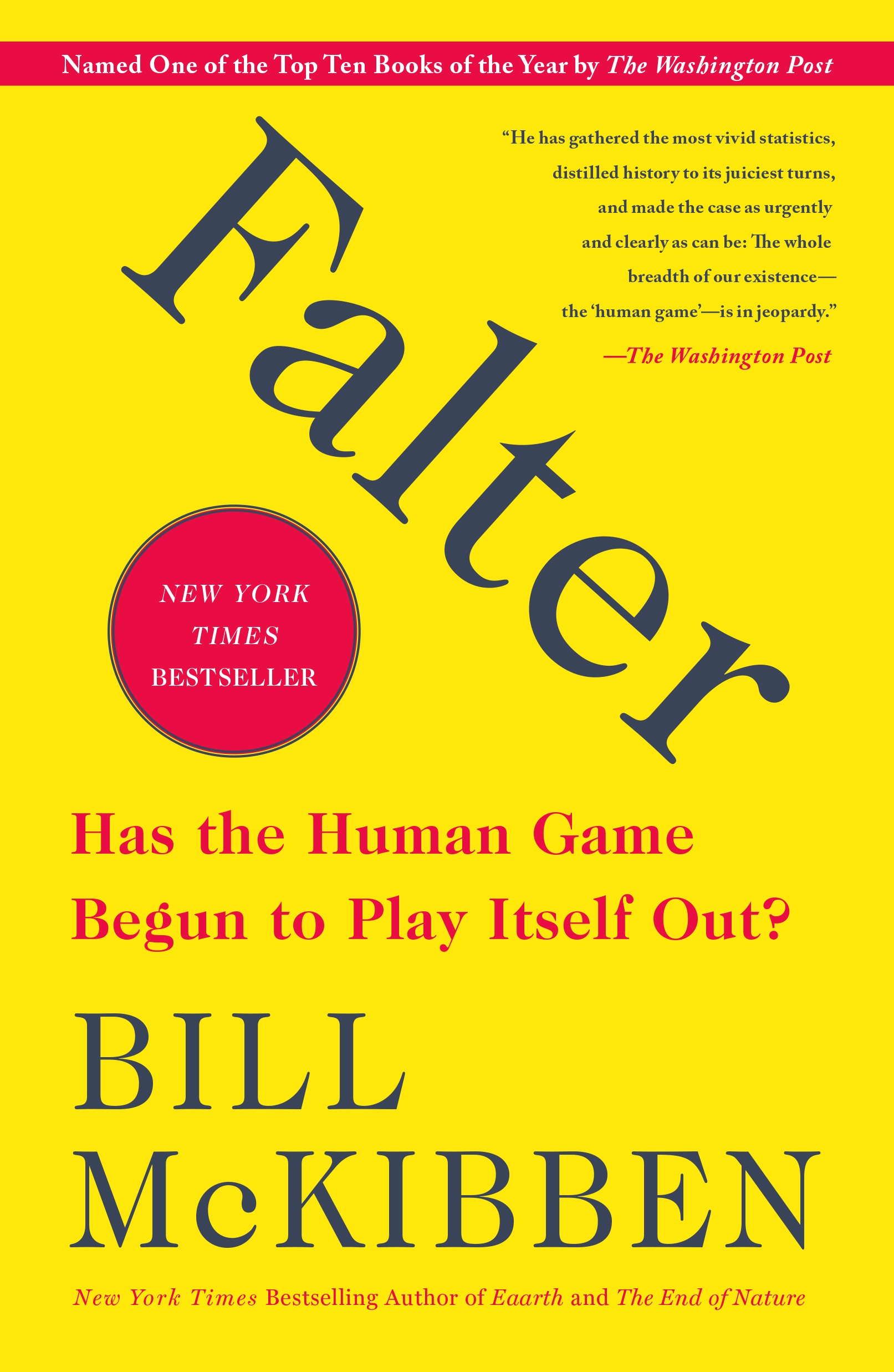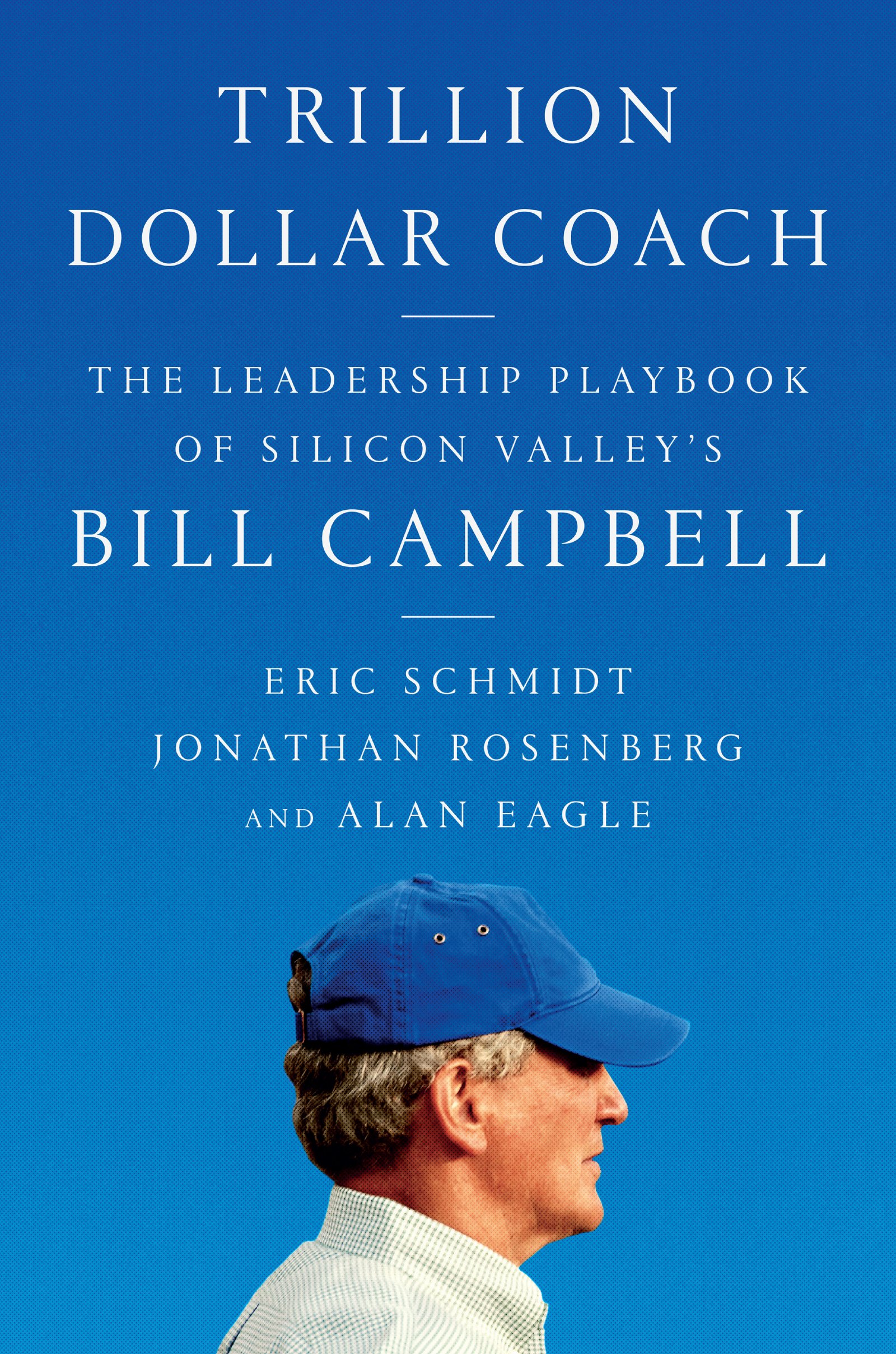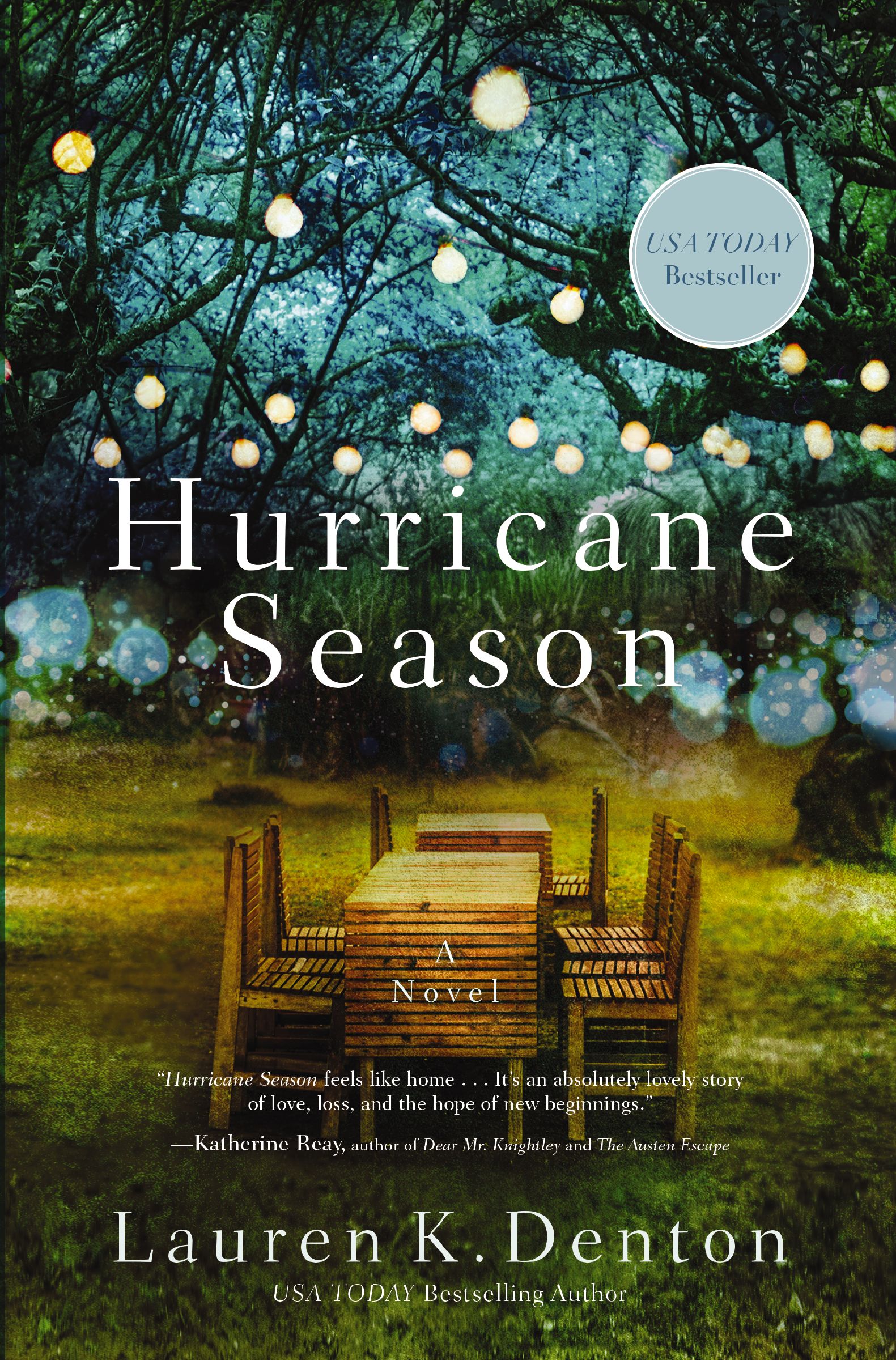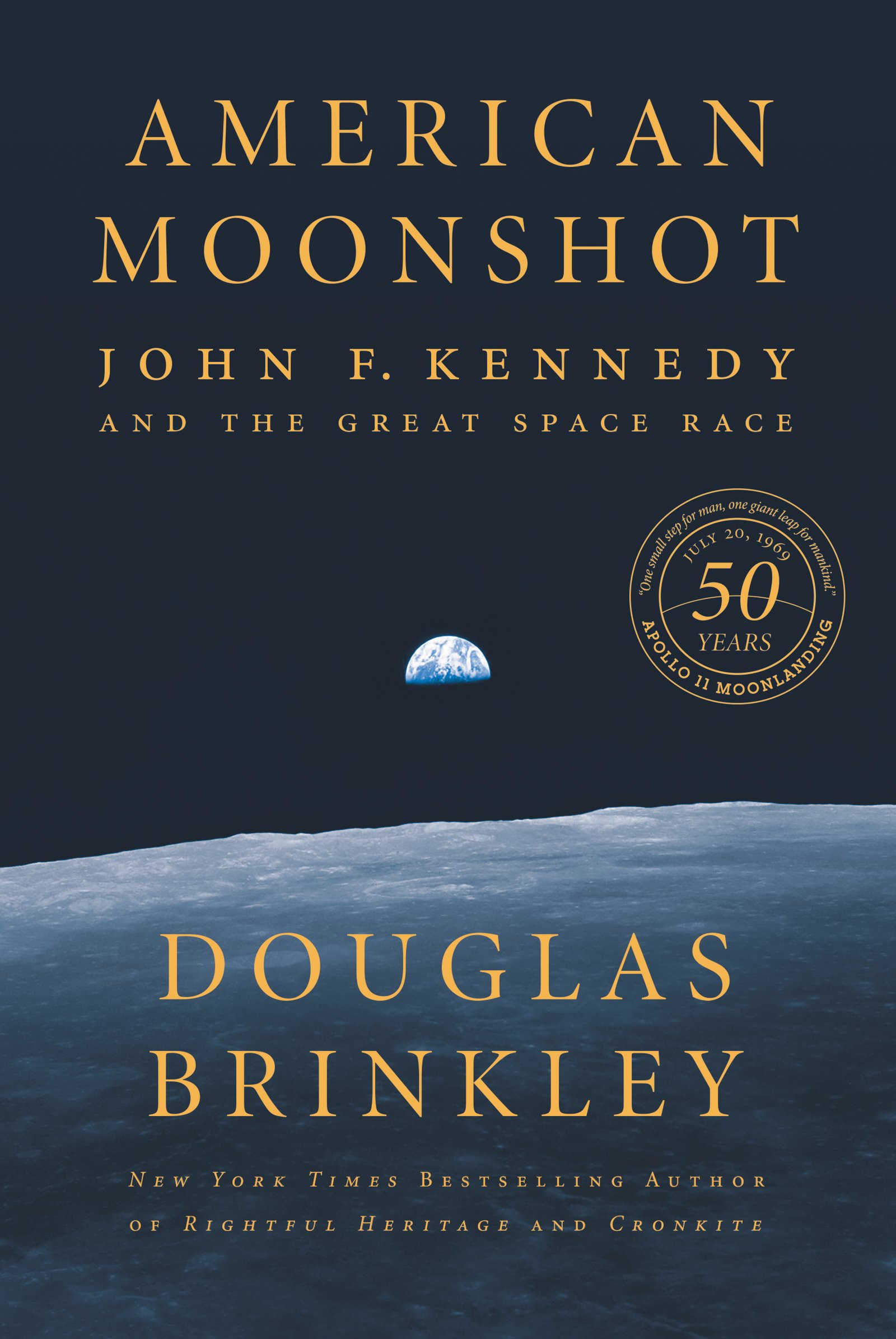Nuclear Strategy And Arms Control: A Comparison
by Air University (u.s.) Air Command And St
2021-07-20 07:28:44
Nuclear Strategy And Arms Control: A Comparison
by Air University (u.s.) Air Command And St
2021-07-20 07:28:44
The objective of the research was to determine what, if any, relationship existed between the United States' nuclear weapons employment policy and its arms control policy from the 1950s to the present. Specifically, we sought to determine if one poli...
Read more
The objective of the research was to determine what, if any, relationship existed between the United States' nuclear weapons employment policy and its arms control policy from the 1950s to the present. Specifically, we sought to determine if one policy was a causal factor for the other, or if the policies evolved in a cooperative manner. The research involved building a comparative chronology of the development and implementation of the two policies. After examining the history it was apparent they are linked in every case. Because the relationship was so variable, it must be described as a function of time; the driving force behind the relationship changed with successive US administrations and as the relative balance of nuclear strength shifted between the US and the Soviet Union. However, running through the decades were two discernible threads. One was that the short term goal for arms control always seemed to be to create an equivalence of capability, and the other was that the long term goal for both employment policy and arms control was to create the appropriate conditions to avoid nuclear war. The conclusion is that long term stability must take priority over short term numerical equivalence.
Less






























